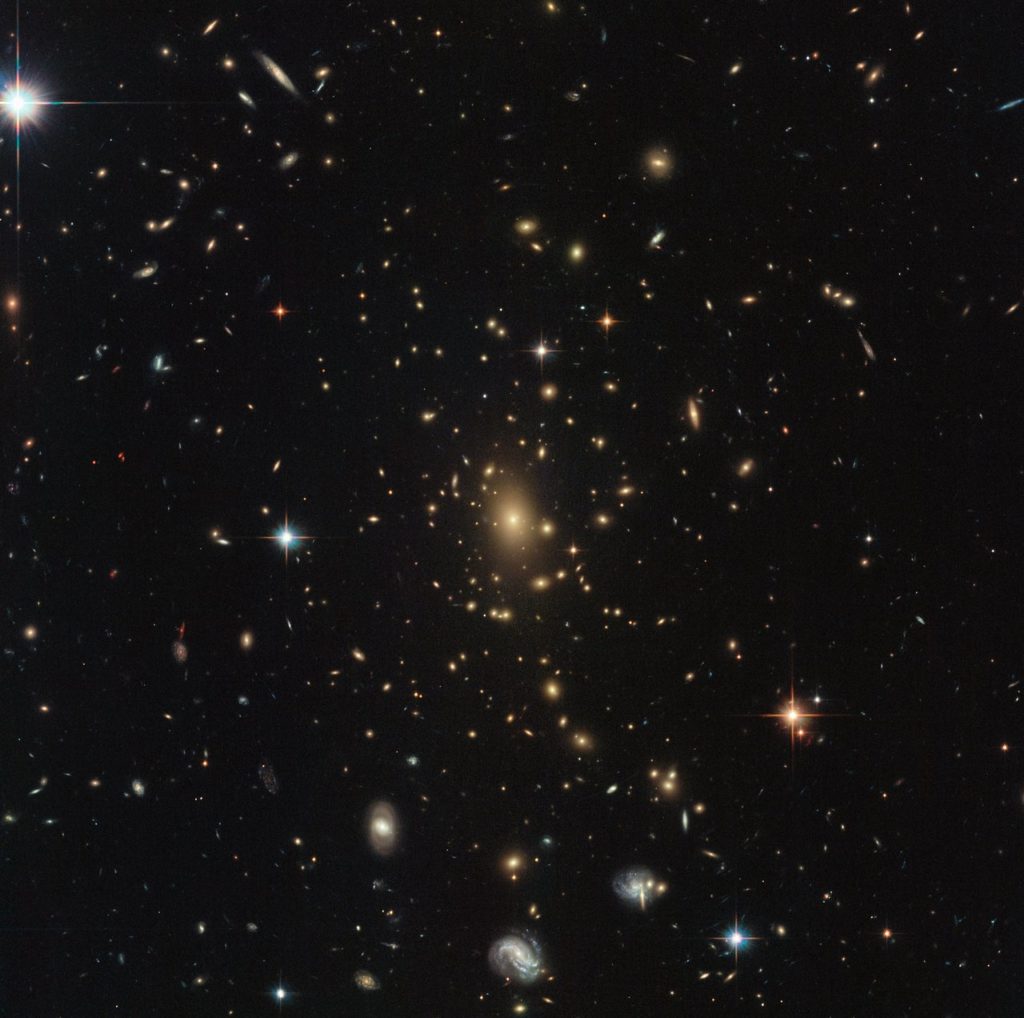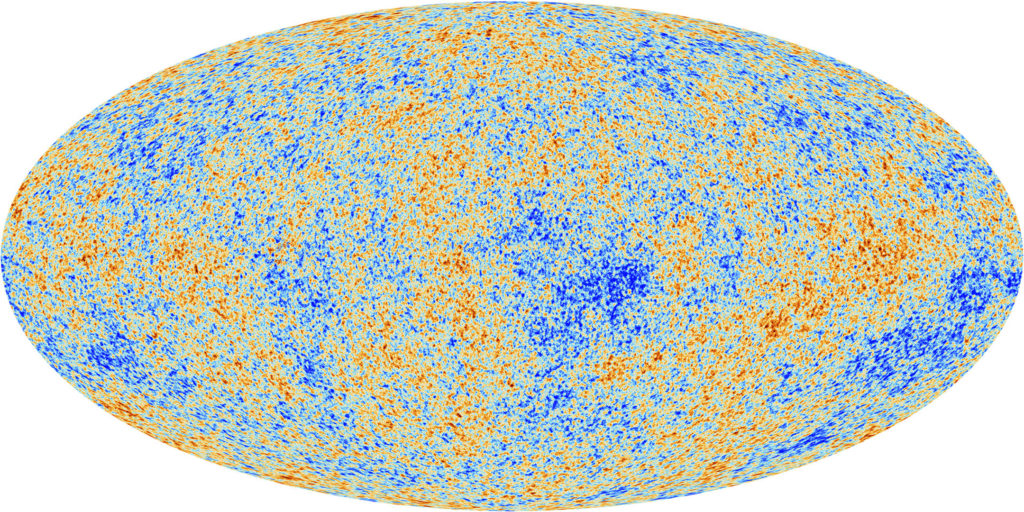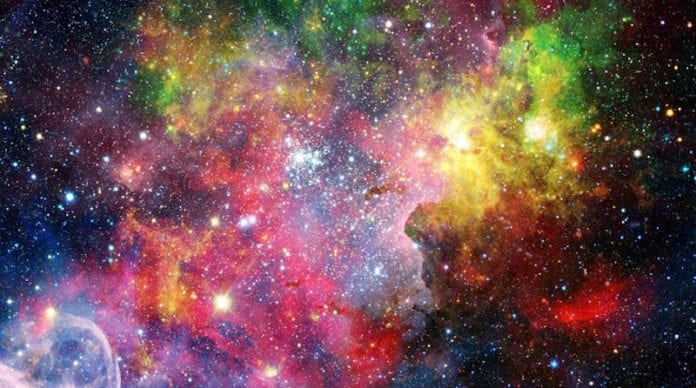The standard model of cosmology is our best attempt at describing the structure and the pattern of the Universe. Also known as the ‘Concordance Cosmological Model,’ it is structured upon the Big Bang theory and considers it to be the start of space and time itself.
The contents of the Universe and their proportions have been estimated to a high degree of accuracy, and all this has been possible because of the contributions of countless renowned physicists such as Hawking and Einstein. Several previously unexplained things were taken into account when the SMC was formalized, such as the fact that we live in an expanding Universe.

However, our best efforts may also prove to be insufficient in trying to properly explain the Universe. Two different ways of weighing the cosmos have yielded different results. The implications of this could be huge for the scientific community. The fact that the two methods produced disparate results could be resolved through more accurate measurement.
If future results continue to be different, the SMC will have to be revised. The possibility that our current knowledge of the Universe is limited is a widely accepted notion. However, a standard model breaking down means we are not as far along on the Universal ladder of knowledge as we previously thought.
This is not the first time that the correctness of the current standard model has been called into question. The Hubble constant or the measure of the rate at which our universe is expanding had a similar episode. Two different calculations had revealed two different results, which is known as the Hubble tension.
The current tension has been named as the sigma-eight tension, which derives its name from the parameter that is at the centre of this controversy. The value of this parameter was estimated by one team using something called the weak gravitational lensing. This is a phenomenon in which light from distant galaxies is bent ever so slightly due to the mass of the matter in between.

The distortions produced in the shapes of the distant galaxies were used to figure out the amount and the distribution of matter across various galaxy-rich regions of the sky. This was the same as figuring out the density of the Universe. The researchers needed other information, including the distance of the said galaxies, form Earth.
This data was acquired from old and recent data. The other team used the data from the European Space Agency’s Planck satellite’s observation of the cosmic microwave background, which is the earliest light in the Universe.
The two teams came up with the sigma-eight value of 0.74 and 0.81, respectively. Although the chances are low, this could still be a statistical fluctuation or a calculation error. If history is any indicator, as in the Hubble tension, this is unlikely to be resolved anytime soon and may well require the revision of the standard cosmological model.
Further Reading:


